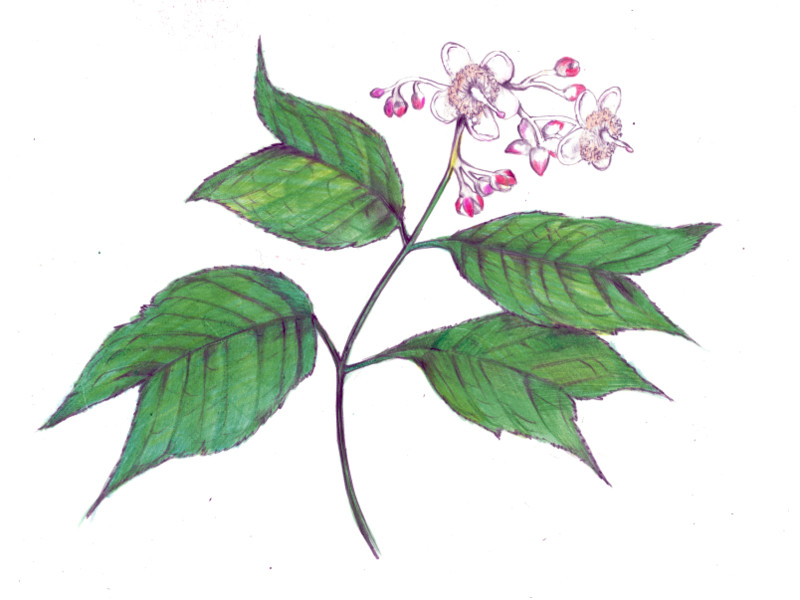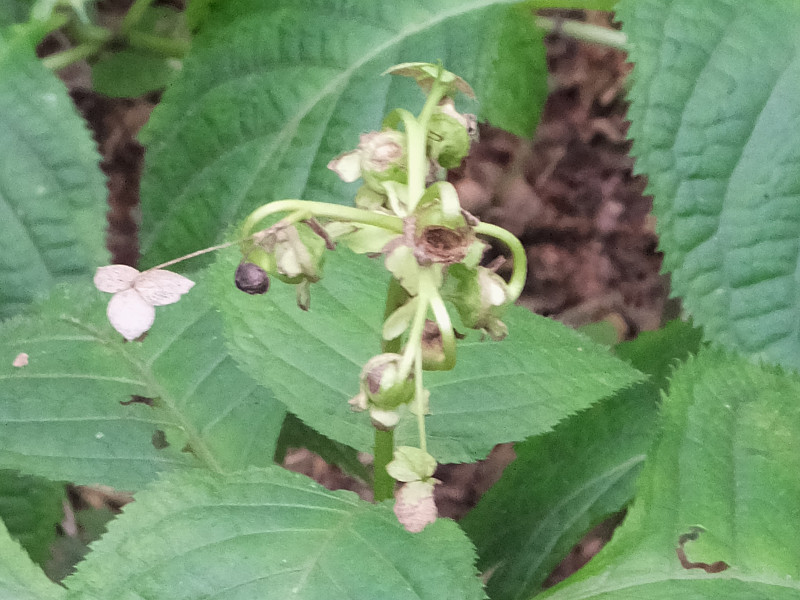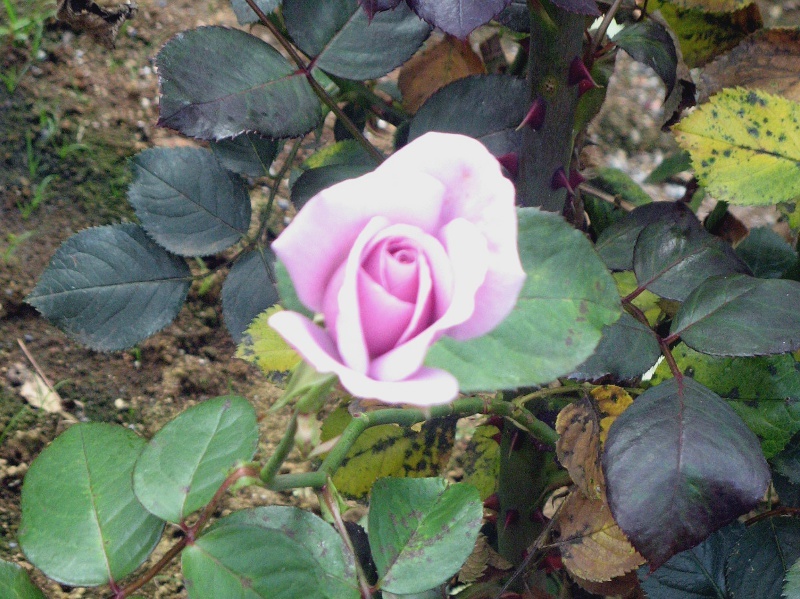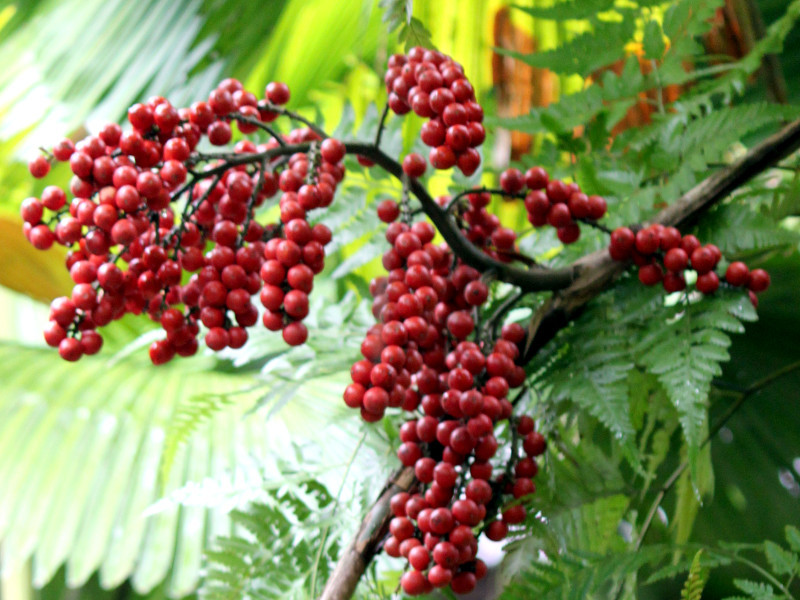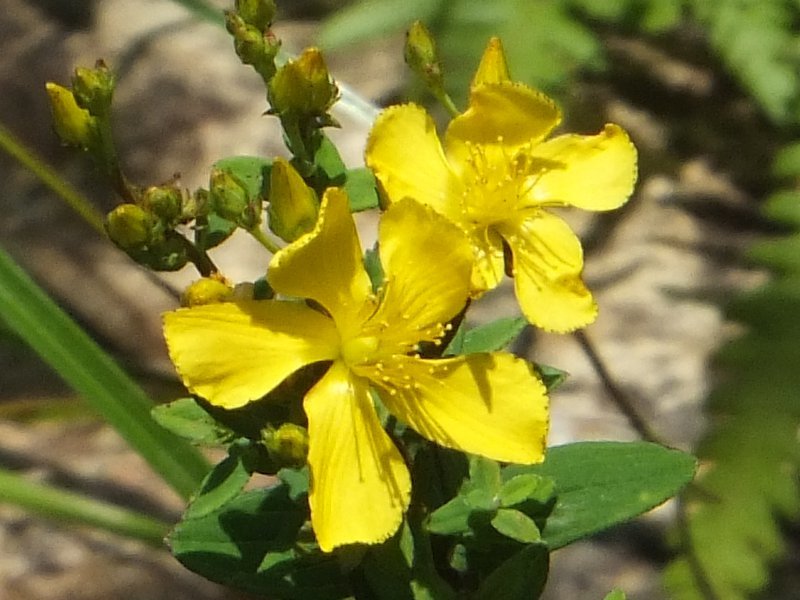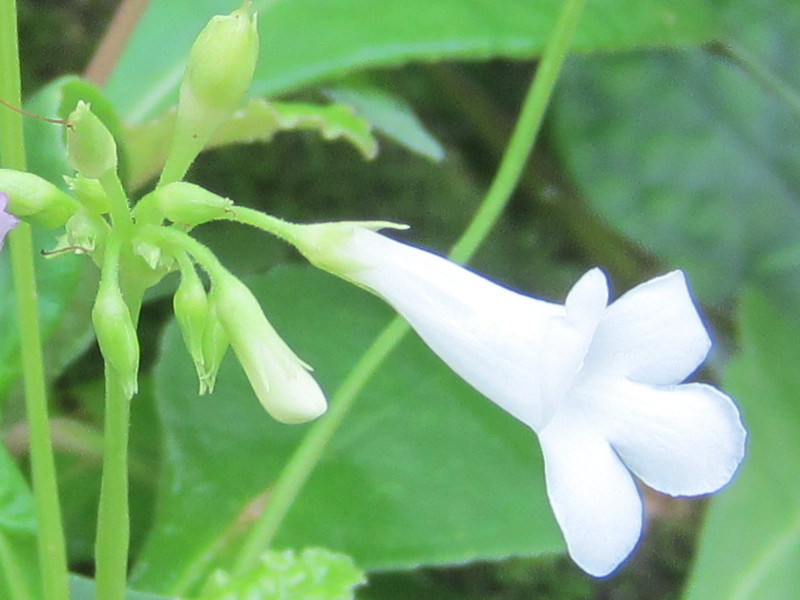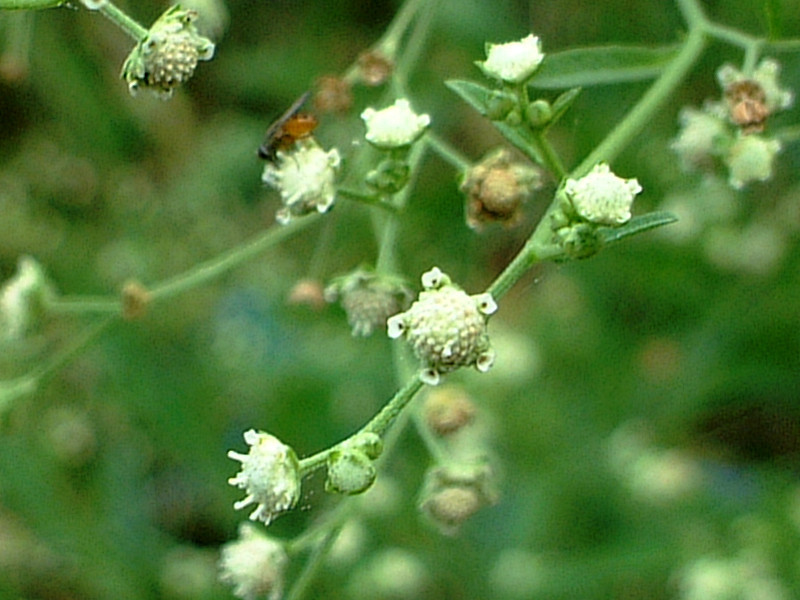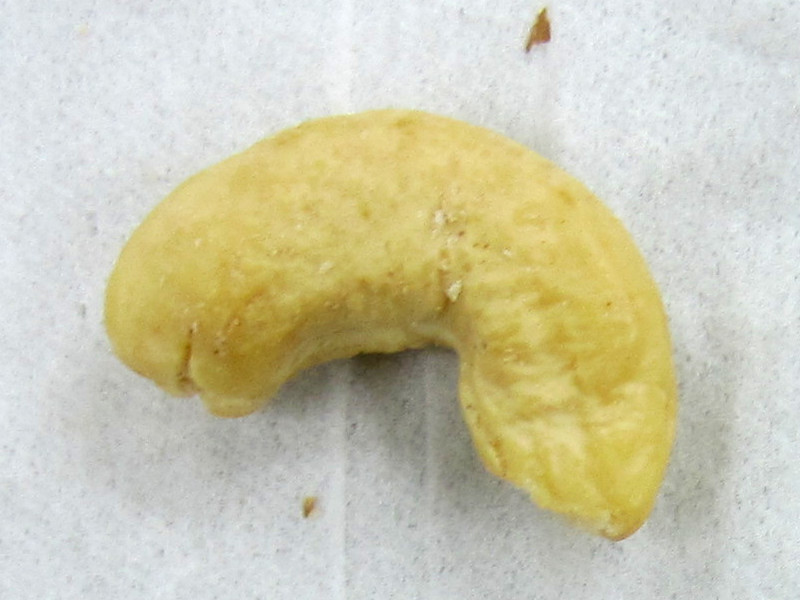Hydrangea bifida
- Flower nameHydrangea bifida
- Scientific nameHydrangea bifida
- Alias銀梅草, ギンガソウ
- Place of originJapan
- Place of floweringBotanical Gardens
- Flowering seasonJuly, August
What is Hydrangea bifida
Hydrangea bifida or ginbaisou (scientific name: Hydrangea bifida) is a perennial herb of the family Hydrangeaceae, native to Japan. It grows in clusters on cool, moist slopes along streams in the shade of trees in the mountains of Honshu (Kanto and westwards), Shikoku, and Kyushu. The grass is 40 to 70 cm tall. The underground stem (rhizome) is thick and woody, and creeps horizontally. The above-ground stem is erect and unbranched. The leaves are green, 10-20 cm long, 5-12 cm wide, elliptic with a wedge-shaped base and two deep lobes at the tip. The leaf margins have sharp serrations of various sizes, and they are borne in pairs on the stem.
Flowers are decorative (neutral) and bisexual
From July to August, an inflorescence of clustered flowers grows from the tip of the flower stalk, with 10 to 20 bisexual flowers in the center and a few ornamental flowers around the center. The bisexual flowers have 5 sepals plus 5 petals, similar to white plum blossoms, and the decorative flowers consist of 3 sepals. The diameter of the flower is about 2 cm. The front side of the flower is white and the back side is light pink, and it blooms downward. The flowers have numerous stamens and one pistil. The flowers are followed by a capsule fruit.
Young shoots are used as vegetables
The young shoots, which appear from May to June, can be eaten as wild vegetables, boiled in soy sauce or in miso soup.
Characteristics
The leaf tips have two deep lobes and the flowers (bisexual flowers) resemble white plum blossoms.
Origin of flower name
The genus name "Hydrangea" is Latin for "hydrangea," and the species name "bifida" is also Latin for "bifurcated" because the tips of the leaves are bifurcated.
The name comes from the five-petaled white flowers, which resemble plum blossoms.
Common name: Hydrangea bifida (scientific name: Hydrangea bifida), also known as Hydrangea gingaso, Taxonomy: Euphyllaceae, Hydrangeaceae, Hydrangea species, Origin: Endemic to Japan, Distribution: Honshu (Kanto and westwards), Shikoku and Kyushu, Living environment: Along streams in the shade of trees in mountainous areas Life form: perennial herb, herb height: 40-70 cm, rhizome: woody, thick and lateral, stem above ground: erect and unbranched, petiole: present, leaf texture: coarsely hairy on both sides, leaf color: green, leaf length: 10-20 cm, leaf width: 5-12 cm, leaf shape: oval, wedge-shaped at the base with two deep lobes at the tip and two-tailed and pointed, leaf margin: narrow and narrow with a narrow margin at the base. leaf margin: large and small sharply serrate; inflorescence: opposite; flowering season: July-August; inflorescence shape: diffuse inflorescence; number of flowers: 10-20 (bisexual) + several (ornamental); flower types: ornamental (neutral) and bisexual; ornamental: 3 sepals; bisexual: 5 sepals + 5 petals; flower color: white on front, pale pink on back; blooming style: Downward, Diameter: 2 cm, Number of stamens: many, Number of pistils: 1, Fruit type: capsule, Use: Young shoots are wild plants (May-June).
